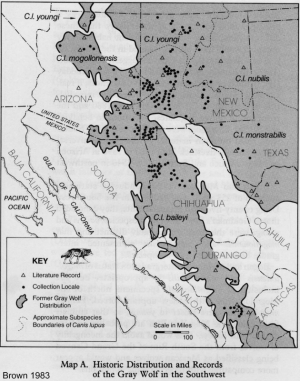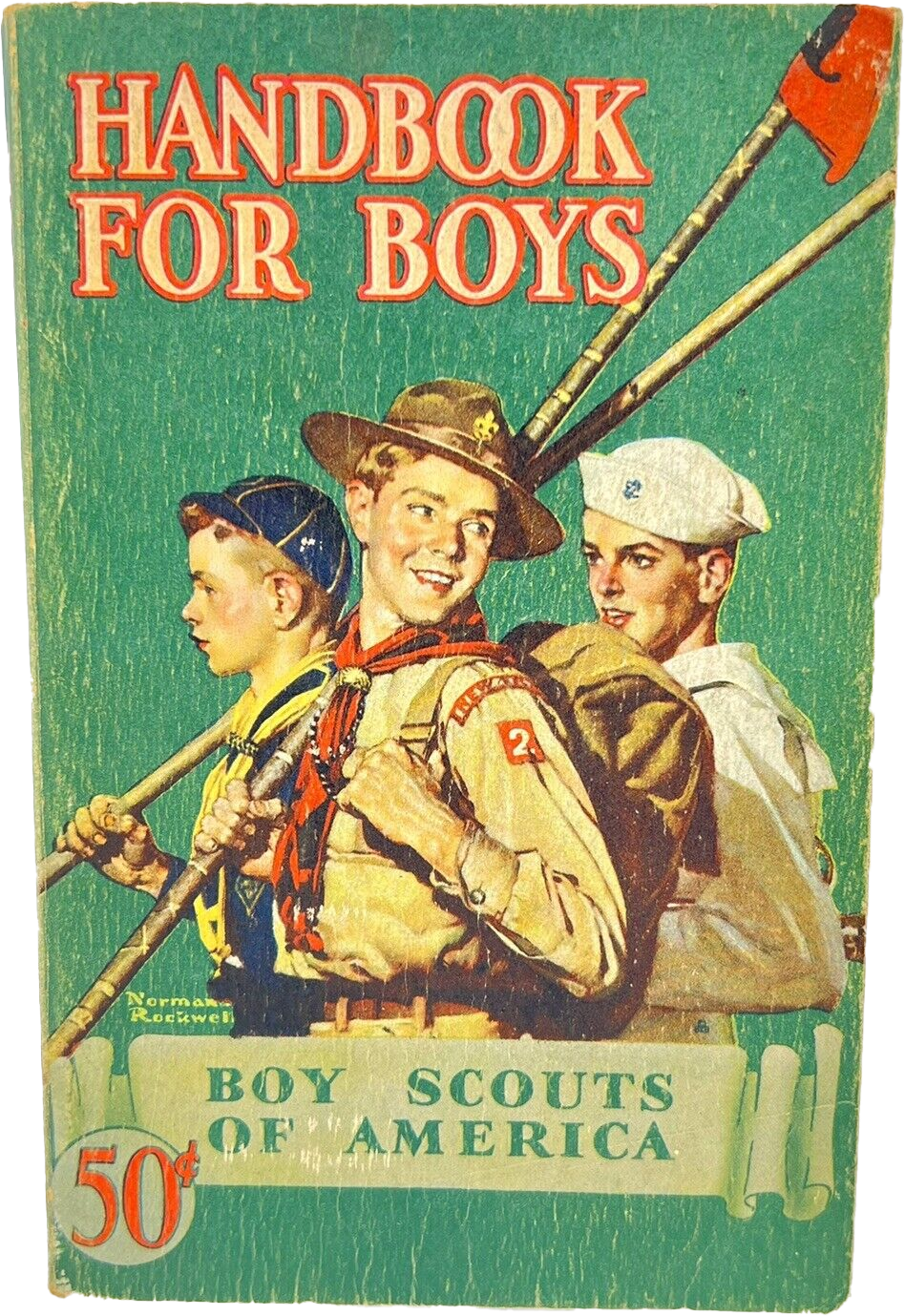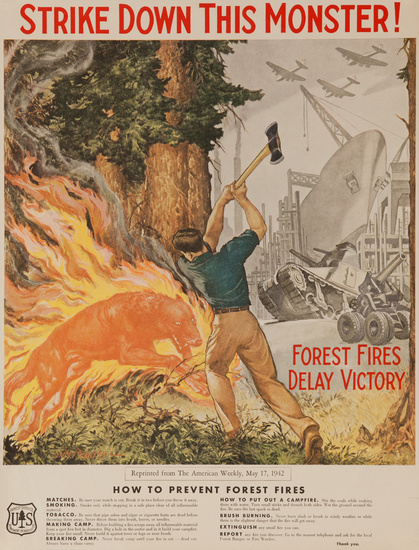Geos 220
Writing Assignment
Re-introduction of the Wolf in the SouthwestHome Page
Various subspecies of the gray wolf (Canis lupus) were exterminated in the U.S. Southwest throughout the 1900s, with 100% removal being completed by the late 1960s (Brown 1983). Small populations of Mexican gray wolves (Canis lupus sub. baileyi) survived years later in Chihuahua and Durango, Mexico. Although wild wolves in Mexico probably no longer exist today, several were trapped in the early 1980s to establish captive-breeding programs. The earliest captive-breeding program began at the Arizona Sonoran Desert Museum in Tucson in the late 1970s. The captive-breeding program has been successful and now 39 facilities hold approximately 162 Mexican wolves.
In 1973, the US enacted the Endangered Species Act, which requires the conservation of endangered and threatened species for the purpose of maintaining ecosystem health. One way of conserving an endangered species is by "releasing" individuals of that species into the wild, including back into areas of the species' former range.
Accordingly, efforts to re-introduce the gray wolf into its historical range in the Southwest are well underway with wolf re-introductions and relocations into the Blue Range wolf-recovery area of east central Arizona and into the Gila National Forest of west-central New Mexico.
However, the "experimental populations" of re-introduced Mexican gray wolves in the Southwest US are controversial, to say the least, and success of the re-introduction program remains uncertain. Your job is to write an essay summarizing the issues of the re-introduction of the Mexican gray wolf into the Southwest. Follow the links below for the information you'll need and the specific writing assignment.
Click for a bigger image.
Hunting the Wolf
- magnificent animal
- dangerous animal
- . . . have lost loyal pets
- . . . table has turned, and for the best: book a wolf hunt
- Non-hunters: book a photo trip
Wolf kill in the Selway-Bitterroot.
The Wolf in Humor 
There are plenty of comics about the wolf (all password protected for limited fair use):
The Wolf in Adertising There are also ad campaigns using wolf images;
for example: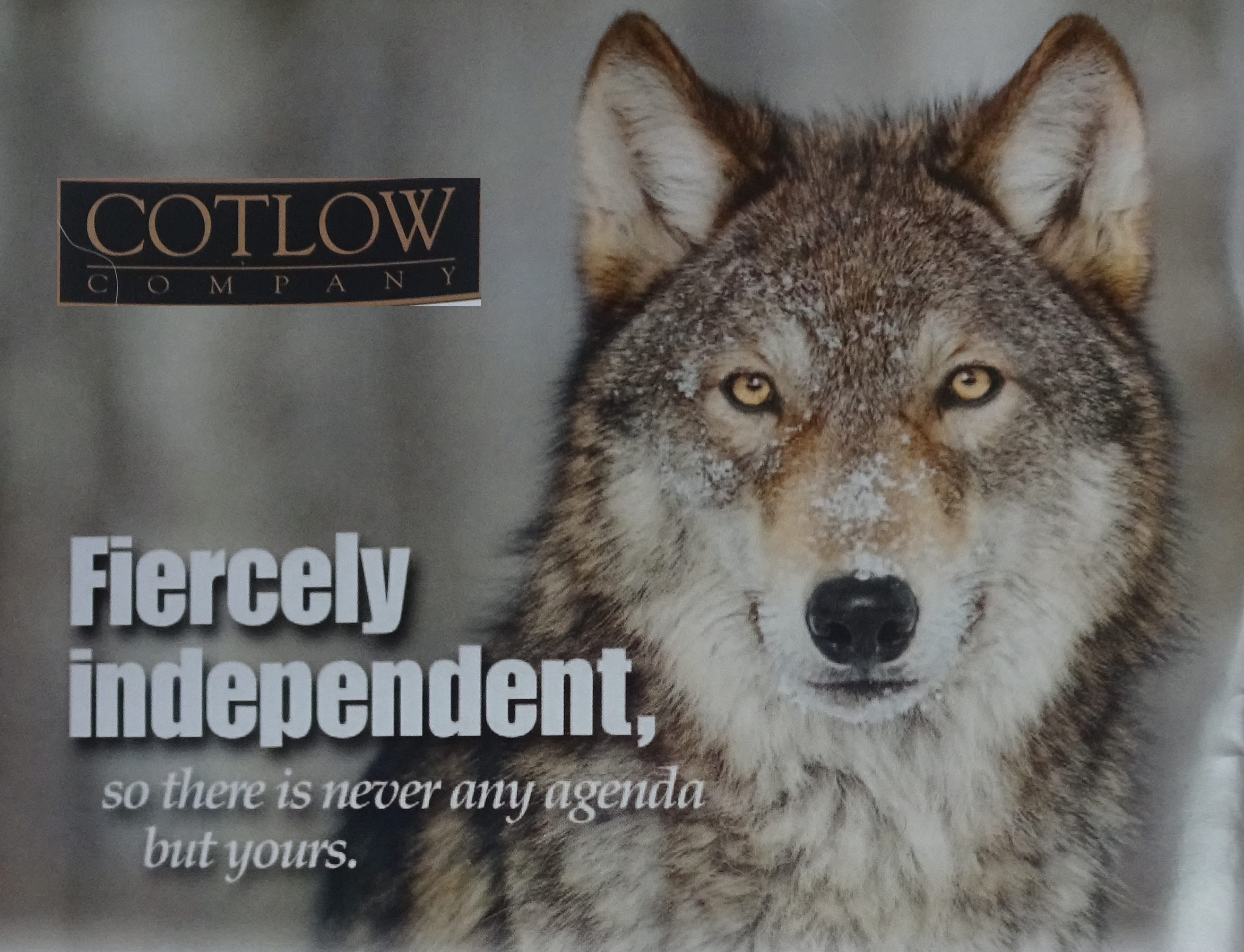
The Wolf: Non-essential The wolf has been reintroduced as a "non-essential" animal. What does that mean? 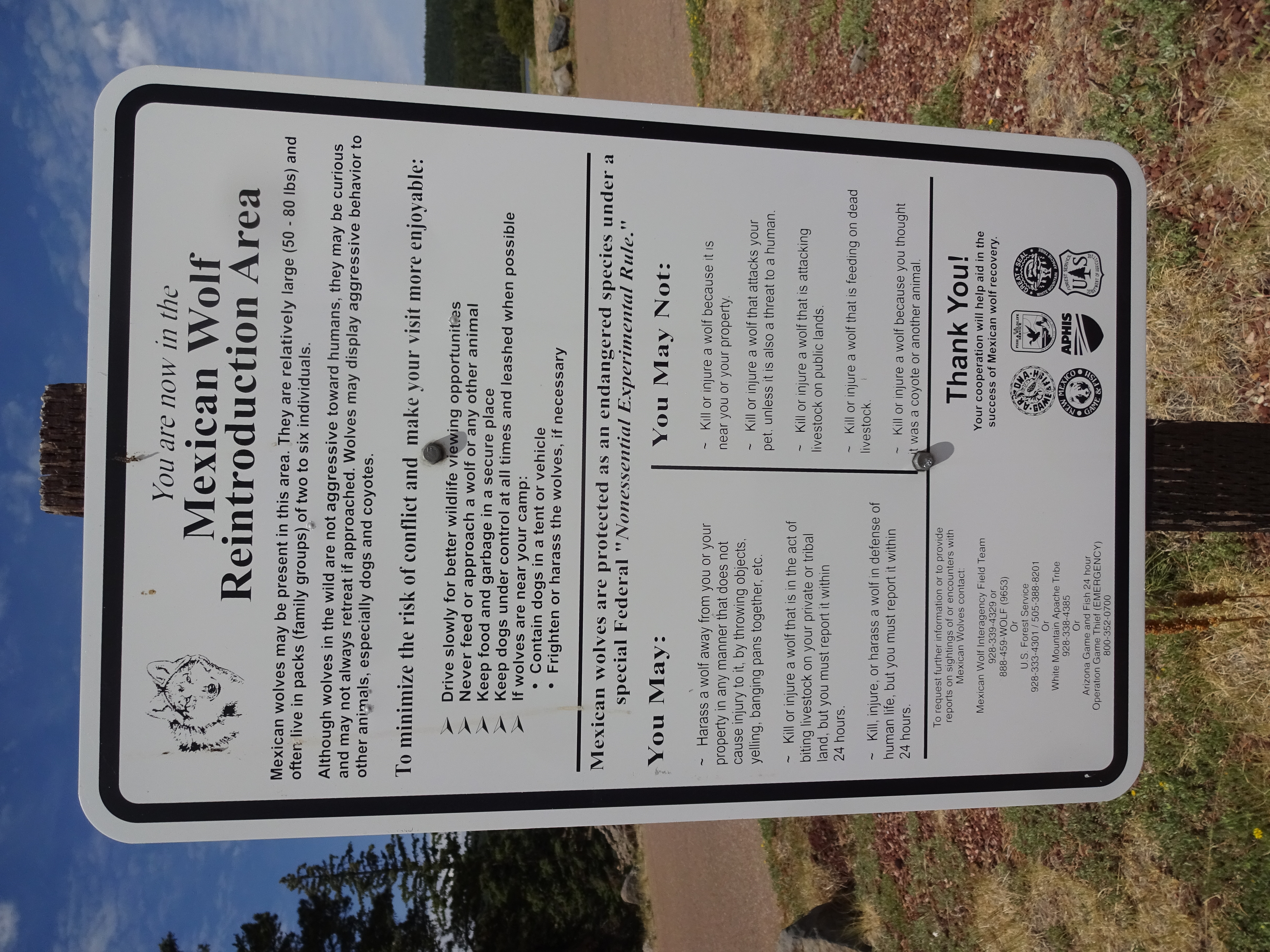
The Wolf in Books There are plenty of books about the wolf. No need to read whole books for this assignment, but perhaps for reading over semester breaks:
- Never Cry Wolf (1963), by Farley Mowat
- This book has its own Wiki page.
- A movie was made. A trailer is freely viewable in youtube, and the full film is rentable as well.
- American Wolf, a True Story (2017), by Nate Blakeslee
- Back to the Blue, the Return of the Mexican Gray Wolf (2003), by Bobbie Holaday
- Of Wolves and Men (2016), by Barry Lopez
- The Company of Wolves (1995), by Peter Steinhart
- The Arctic Wolf, Living With the Pack (1988), by L. David Mech
- Lobo, King of Currumpaw (1898), by Ernest Thompson Seton
- Currumpaw was/is in northeastern New Mexico.
- This is a chapter in Seton's book, Wild Animals I Have Known. Click here to see it.
- Wikipedia: Seton's story is so significant, it has its own Wiki page.
- Real and Sham Natural History, by John Burroughs. A critical review of Seton's story.
- Nature Fakers: A whole movement emerged from this incident.
- The Wolf That Changed America. A PBS film depicting this Seton story, narrated by Oscar-winning actor, F. Murray Abraham (requires PBS membership). Let's have a "movie night" to watch it together and discuss: Thursday, Oct. 20, time TBD, by Zoom. Bring your own popcorn. Please attend; you won't be disappointed.
Using this Web Suite
- The Wolf Writing Assignment
- Writing Hints
- Scientific articles to read for the wolf writing assignment
- Websites concerning the wolf writing assignment
- News articles concerning the wolf writing assignment
- Re-introduction of the wolf into Yellowstone National Park
- An argument for and against simply letting the wolf go extinct, which often comes up during the wolf writing assignment
- UA Writing Skills Improvement Program: writing workshops open to all students.
Laboratory of Tree-Ring Research, The University of Arizona
Tucson, Arizona 85721 USA
Comments to Paul Sheppard: sheppard @ ltrr.arizona.edu
Copyright © 2000-2022, Laboratory of Tree-Ring Research, University of Arizona
Revised -- October, 2022

